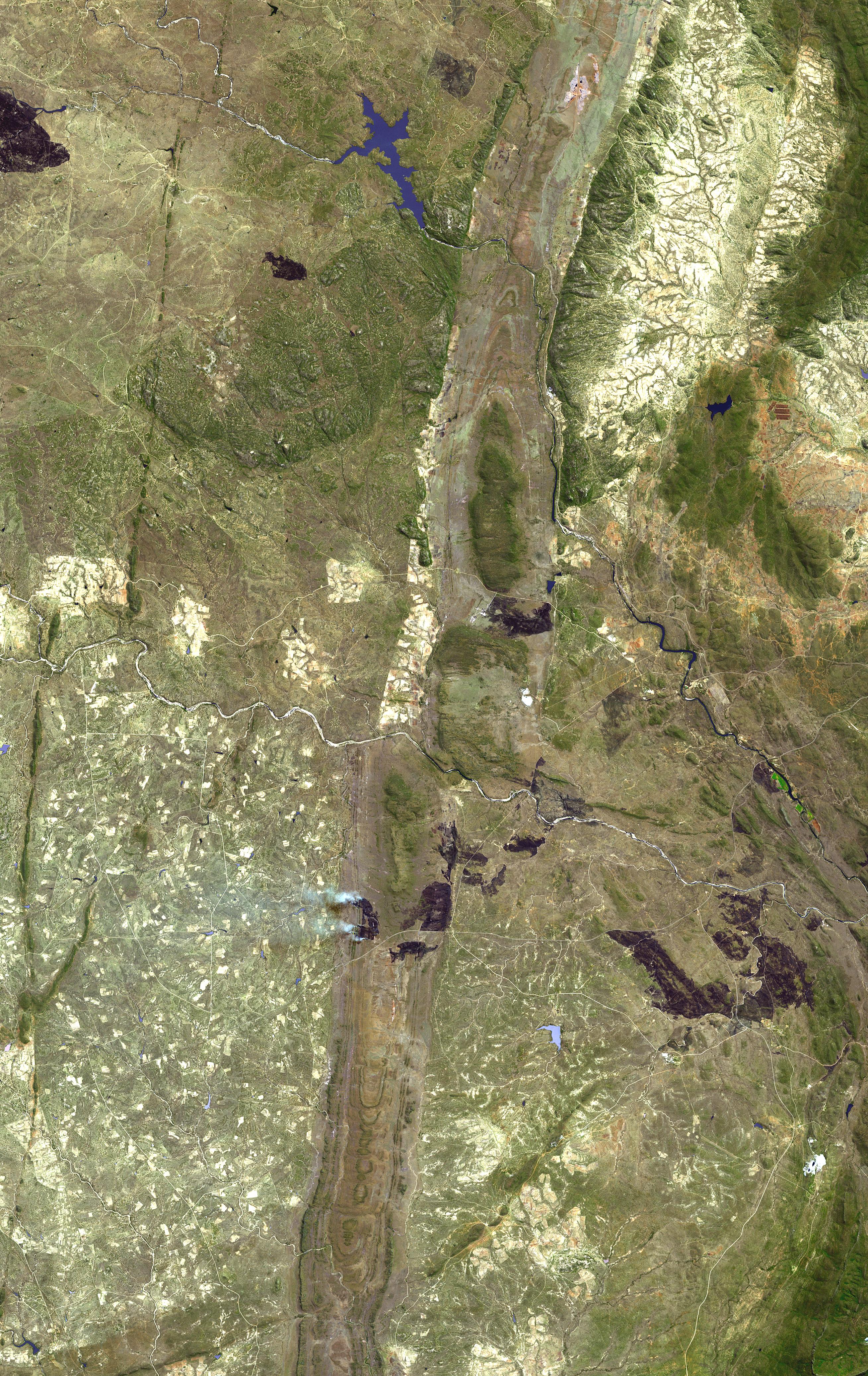|
Lomagundi
Lomagundi is a former district of Zimbabwe, originally an alternative form of the name ''Nemakonde'', who was a chief of the Shona in the area. The eastern border of Lomagundi was the Great Dyke The Great Dyke is a linear geological feature that trends nearly north-south through the centre of Zimbabwe passing just to the west of the capital, Harare. It consists of a band of short, narrow ridges and hills spanning for approximately . The .... Notes and references Districts of Zimbabwe {{Zimbabwe-geo-stub ... [...More Info...] [...Related Items...] OR: [Wikipedia] [Google] [Baidu] |
Zimbabwe
Zimbabwe (), officially the Republic of Zimbabwe, is a landlocked country located in Southeast Africa, between the Zambezi and Limpopo Rivers, bordered by South Africa to the south, Botswana to the south-west, Zambia to the north, and Mozambique to the east. The capital and largest city is Harare. The second largest city is Bulawayo. A country of roughly 15 million people, Zimbabwe has 16 official languages, with English, Shona language, Shona, and Northern Ndebele language, Ndebele the most common. Beginning in the 9th century, during its late Iron Age, the Bantu peoples, Bantu people (who would become the ethnic Shona people, Shona) built the city-state of Great Zimbabwe which became one of the major African trade centres by the 11th century, controlling the gold, ivory and copper trades with the Swahili coast, which were connected to Arab and Indian states. By the mid 15th century, the city-state had been abandoned. From there, the Kingdom of Zimbabwe was established, fol ... [...More Info...] [...Related Items...] OR: [Wikipedia] [Google] [Baidu] |
Shona People
The Shona people () are part of the Bantu ethnic group native to Southern Africa, primarily living in Zimbabwe where they form the majority of the population, as well as Mozambique, South Africa, and a worldwide diaspora including global celebrities such as Thandiwe Newton. There are five major Shona language/dialect clusters : Karanga, Zezuru, Korekore, Manyika and Ndau. Regional classification The Shona people are grouped according to the dialect of the language they speak. Their estimated population is 16.6 million: * Karanga or Southern Shona (about 8.5 million people) * Zezuru or Central Shona (5.2 million people) * Korekore or Northern Shona (1.7 million people) * Manyika tribe or Eastern Shona (1.2 million) in Zimbabwe (861,000) and Mozambique (173,000). * Ndau in Mozambique (1,580,000) and Zimbabwe (800,000). History During the 11th century, the Karanga people formed kingdoms on the Zimbabwe plateau. Construction, then, began on Great Zimbabwe; the capital of t ... [...More Info...] [...Related Items...] OR: [Wikipedia] [Google] [Baidu] |
Great Dyke
The Great Dyke is a linear geological feature that trends nearly north-south through the centre of Zimbabwe passing just to the west of the capital, Harare. It consists of a band of short, narrow ridges and hills spanning for approximately . The hills become taller as the range goes north, and reach up to above the Mvurwi Range. The range is host to vast ore deposits, including gold, silver, chromium, platinum, nickel and asbestos. Geology and Soils Geologically the Great Dyke is not a dyke, but is lopolithic and Y-shaped in cross-section. It is a group of layered ultramafic intrusions that extend across Zimbabwe with a strike of about N20°E. The width of the intrusions vary from 3 to . The Great Dyke is unusual in that most ultramafic layered intrusions display near horizontal sill or sheet forms. The well-layered lower units of ultramafic rocks comprising the Great Dyke are locally overlain by erosional remnants of gabbroic rock. These mark the centres of the four s ... [...More Info...] [...Related Items...] OR: [Wikipedia] [Google] [Baidu] |

